Source: inhabitat.com
Published: April 23, 2016
By Lacy Cooke
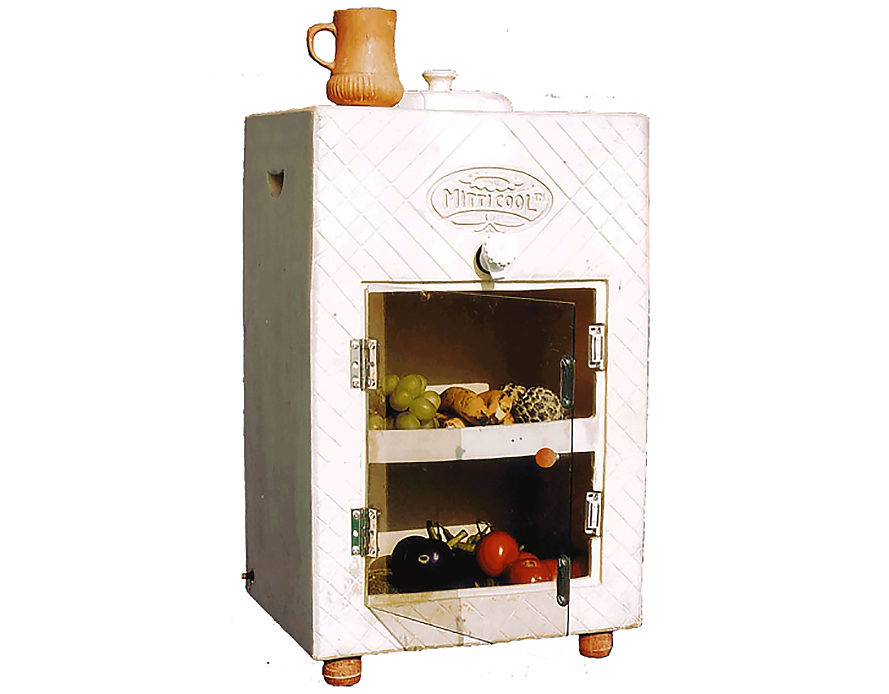
1. MittiCool Refrigerator uses clay and evaporation
The MittiCool was originally designed by potter Mansukhbhai Raghavbhai Prajapati for use by people in rural areas. This homey refrigerator is made completely of clay and requires no energy, keeping food cool using evaporation. There’s a shelf large enough for milk, which will keep for three days in the MittiCool, or space for fruit and vegetables, which will last for about a week. The upper chamber holds water, which drips along the sides and evaporates, and can also be accessed via a tap so users can drink the water. The MittiCool could possibly the simplest appliance you ever own: there’s basically no maintenance.
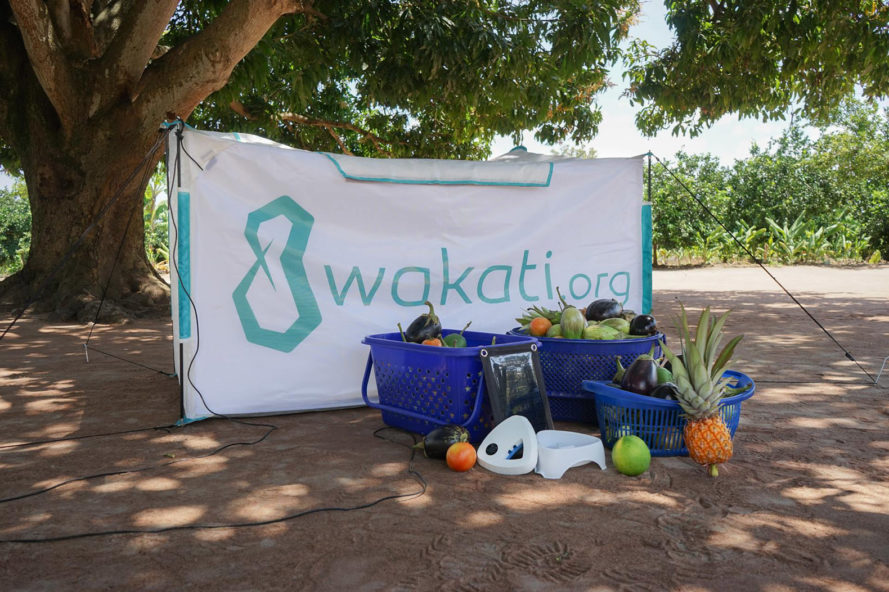
2. Wakati preserves fruit and vegetables using solar power
In developing countries, about 45 per cent of produce goes bad before the farmers can ever get it to market. Wakati solves this problem: using a liter of water per week and solar power, produce can be preserved so more food reaches more people, and farmers earn more money. A ventilator turns the water into humidity, keeping produce cool inside a tent that can hold about 440 pounds of food. The Wakati device is currently being tested, but it could offer a cool use of solar technology in countries where fridges may be scarce but sun is abundant.
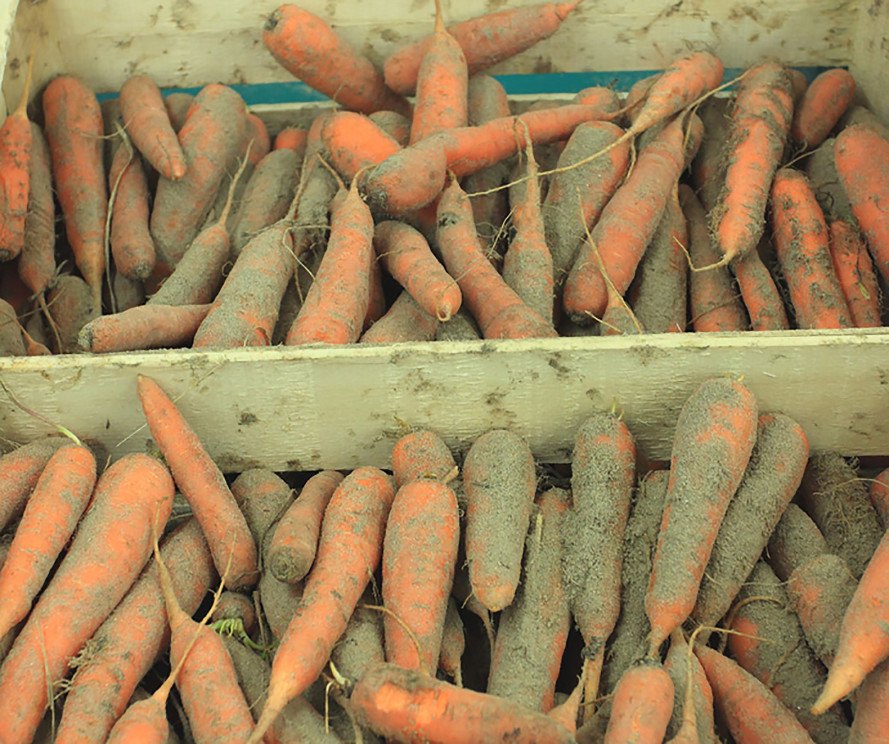
3. Store vegetables in sand for months
Can you get your hands on some sand? If so, you can store root vegetables for months. A hardware store can supply the sand – the sandbox type will do the trick – and then all you need to do is fill a fridge crisper drawer with sand to store carrots, beets, apples or pears. Sand works to prevent moisture from rotting the fruits and veggies. We admit this is cheating a bit, so if you’re really up to ditch the fridge, you can accomplish the same effect with a cardboard or wood box. Just fill the box with sand and place it in a cool place like a basement or pantry so the produce will stay fresher for longer.
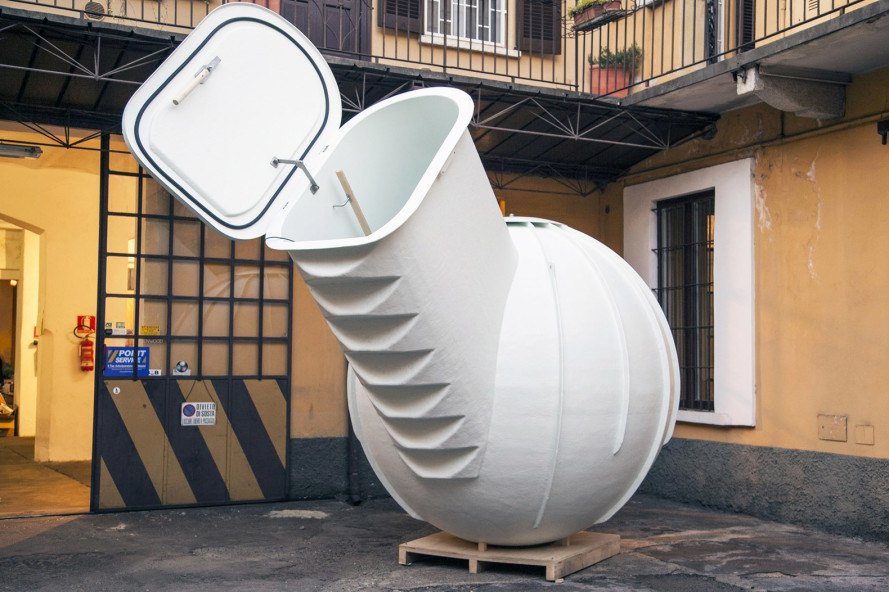
4. Weltevree’s Groundfridge uses the all-natural insulation of the Earth
Dutch company Weltevree designed the Groundfridge as a modern take on a traditional root cellar. Designer Floris Schoonderbeek innovated on the centuries-idea to create an alternative for those who want to keep food cool without any energy at all. No permit is necessary to install the Groundfrige, which as the name implies, is installed underground and covered with a layer of dirt about three feet thick. An early adopter program is currently underway in Belgium and the Netherlands, but Weltevree hopes to bring the Groundfridge to the rest of the world in late 2016.
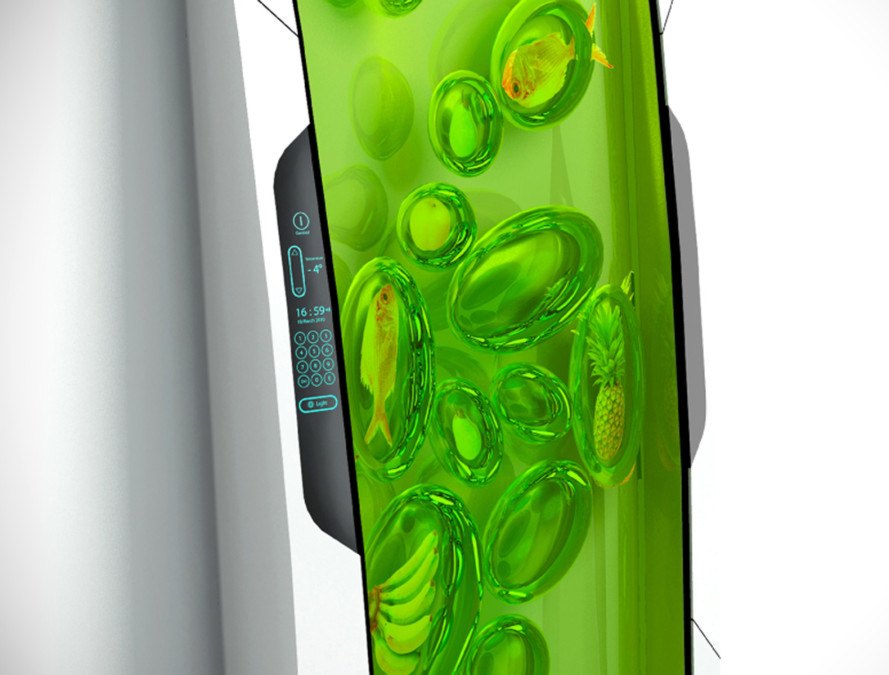
5. Futuristic Bio Robot Refrigerator uses gel to preserve food
Rather than using cool air, the refrigerator of the future could employ gel. Yes, that’s right. Yuriy Dmitriev decided to develop a new idea for refrigeration, and his Bio Robot Refrigerator design incorporates odorless, non-sticky biopolymer gel to chill food. Once you’ve gotten past the futuristic coolness of the gel (pun intended), another unique innovation is that Dmitriev’s fridge uses zero energy. While the Bio Robot Refrigerator was simply a thrilling design that was a finalist in Electrolux Design Lab‘s competition, it certainly merits further research.
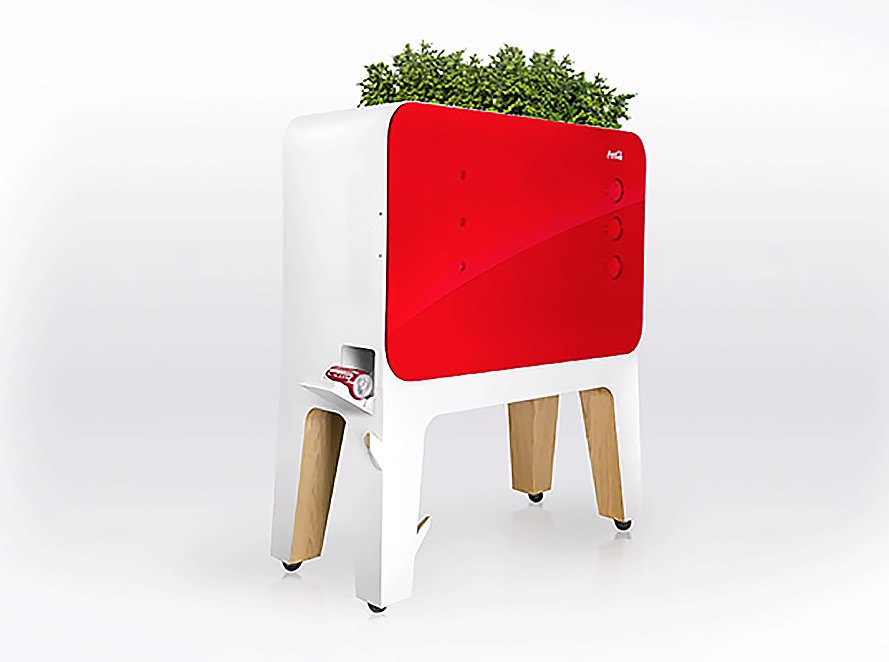
6. Coca-Cola’s Bio Cooler is powered by plants and water
Coca-Cola teamed up with Leo Burnett Colombia and the International Physics Center to design a Bio Cooler that operated when users watered the plants growing on top of the device. The water evaporated inside the cooler, chilling the drinks inside. On top of the cooler, a mirror took temperatures to the next level, converting gas to liquid to ensure the perfect chill. Sadly the Bio Cooler was only a marketing campaign, but the idea could spur other ideas in the future for cooling via vegetation.
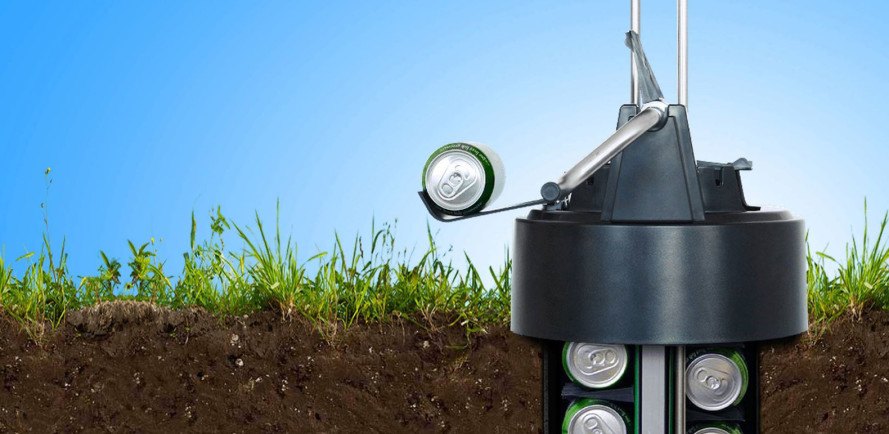
7. eCool utilizes Earth to chill 24 cans of beer
So we know beer isn’t food. But often it’s the perfect answer to warm temperatures, and four friends in Denmark came up with the perfect way to cool off their brews without electricity. They designed eCool, an off-grid cooler placed about three feet underground. eCool keeps the heat out in the summer and frost out in the winter so beers are always the prime temperature. The top of the cooler is insulated as well, so once you put the cooler in the ground (the founders recommend a garden drill), you’re good to go year round.
Images via MittiCool, Wakati Facebook, Shutterstock, Weltevree, Electrolux Design Lab, Leo Burnett Colombia, and eCool Facebook
